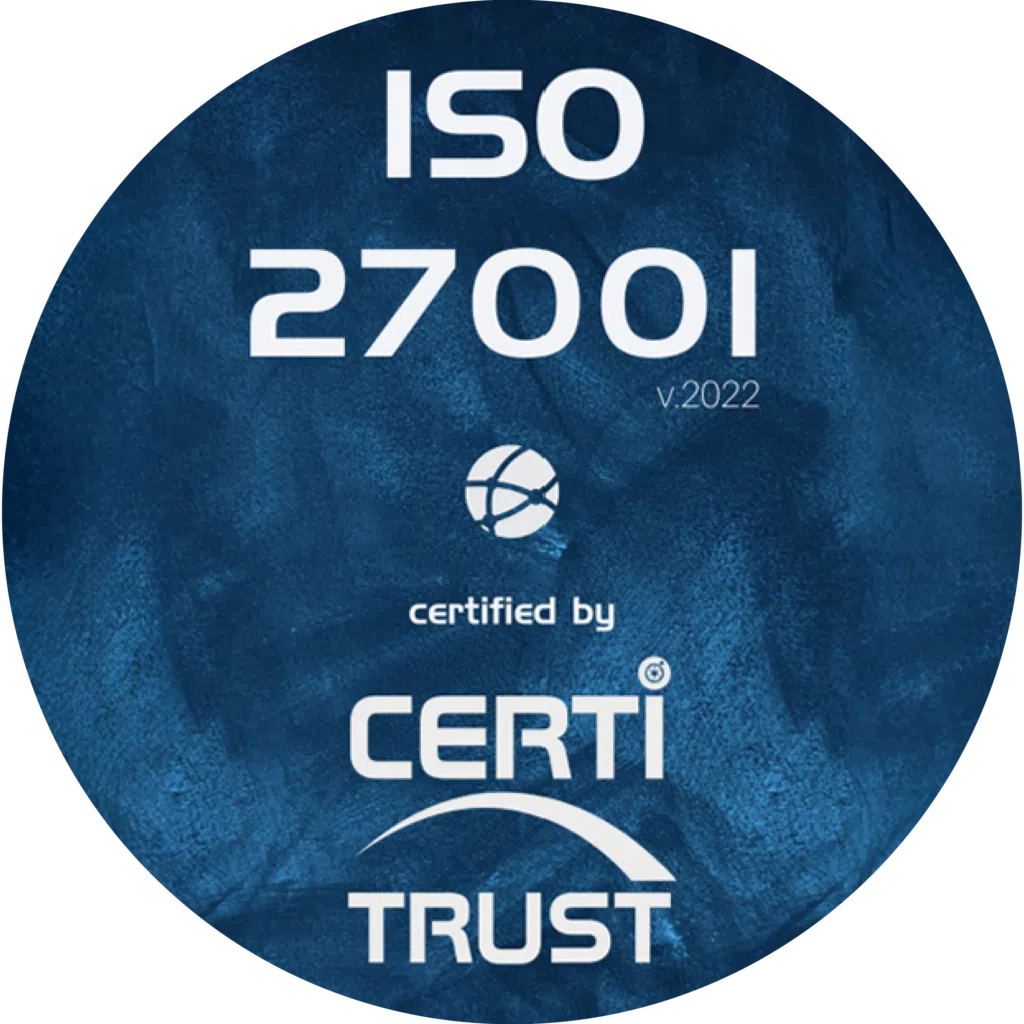If you are a manufacturer or retailer, you need to know about supplier relationship management (SRM). The success of your business depends on getting products to a certain audience. This is not possible without a constant supply of raw materials and other supplies.
Maintaining supplier relationships is therefore essential to the long-term viability of your business.
What is supplier relationship management?
Supplier Relationship Management (SRM) is a method of managing work with suppliers who provide a company with goods, materials and/or services. It involves evaluating each of these interactions and determining how to improve their effectiveness.
Companies evaluate each supplier to decide which is the most critical in terms of continuity and performance. Managers can improve their working relationships with suppliers by carrying out this assessment. Professionals involved in supply chain management use an SRM. They have regular contact with suppliers as part of procurement, project management and operations. This is why SRM is also known as supply chain management. It is similar to what is commonly known as supplier management and procurement procedures.
There are distinctions between SRM and the other topics mentioned. The objective of supplier management is to control costs and service agreements agreed with companies. The objective of procurement is to make purchases. The purchasing department is responsible for ordering, contracting, invoicing and payment.
What are the advantages of SRM?
Improving a company’s efficiency is an important part of its success. The manufacturing industry relies on external suppliers to provide the materials needed to make products.
Supplier relationship management is used by companies to increase efficiency and revenues. It’s a real advantage that leads to better results. Optimising the purchasing process leads to better product quality, better business management and, ultimately, higher sales.
Cost reduction
Relationships with suppliers are governed by financial incentives. The cost of forming new alliances can be prohibitive.
SRM is a cost reduction approach that involves forming a mutually beneficial connection to save money in the long term. The creation of these collaborative links can also help to reduce availability problems, delays and material quality issues.
Increased efficiency
Maintaining links with suppliers helps to prevent problems arising from misunderstandings. Developing a link with a supplier involves establishing a relationship of trust, which helps to improve working conditions and maintain a good relationship between stakeholders. This contributes to the smooth running of the supply chain and to meeting deadlines.
Fewer price fluctuations
Commodity prices can change at any time, and buyers don’t like to see the cost of their goods rise. When a company uses SRM, it is often able to fix the price of supplies. Even if the market changes, the costs remain the same. Many suppliers are prepared to charge fixed costs if the manufacturer is prepared to sign a long-term contract.
Continuous improvement
Creating a mutually beneficial relationship between a company and its suppliers builds trust. It can also encourage feedback and an open exchange of ideas.
This communication canimprove productivity, operational efficiency and customer service. These benefits can be enhanced by the use of SRM software, and are often synonymous with quality assurance.


Supplier relationship management process
Supplier relationship management increases productivity and reduces costs while maintaining quality. To be successful, SRM must focus on the procedures between the company and its suppliers. It must be adaptable and quick to respond to changes. It must serve both the company and its suppliers.
To create a successful SRM procedure, here are the steps to follow.
Supplier segmentation
Divide your main suppliers into different groups:
- strategic suppliers
- tactical suppliers ;
- secondary suppliers.
Each of these groups will require a unique approach to management and will need a distinct methodology and set of resources.
The first group should be made up of those who will add the most value to your business. These are the suppliers you spend the most money with. They may also be minor but essential suppliers who can contribute to innovation. Tactical suppliers are those from whom you buy a lot on a limited budget. These are suppliers with whom you have options. Any additional suppliers that are not crucial to your SRM process are considered secondary.
Setting objectives
SRM efforts can be wasted if there are no objectives. These objectives must be consistent with your company’s overall ambitions. Whether it’s cost reduction, innovation or time saving, you’ll need to work out how to create SRM objectives. As every business is unique, each will have a specific business objective.
Evaluating supplier performance
Review the performance of your most important supplier to assess whether they are meeting your expectations. This involves monitoring these key performance indicators with your strategic and tactical suppliers. Secondary suppliers are not as crucial.
Performance monitoring is not just about ensuring compliance and assessing punctuality. Many processes, such as product delivery and innovation, establish the value of your relationship with suppliers. Indicators to track include performance on :
- delivery
- quality
- service,
- corporate social responsibility,
- risk management,
- capacity for innovation.
Creating an SRM strategy
Create a strategy with SRM to stay involved with suppliers and ensure they meet your objectives. This will help you increase your company’s competitive advantage. This form of collaboration benefits both the organisation and the supplier, and helps meet customer demands. You need to be open and honest with your contacts. Inform them of your objectives, describe your commercial activities and provide them with statistics on the performance of those already in place and on the performance you are seeking. This will promote trust between the two parties and the monitoring of good practice.
Feedback from the supplier can often lead to unexpected advances in concepts that you would never have imagined possible. The more you work with your supplier, the more likely it is that the availability and quality of supply will increase. It is also possible that new concepts will give you an advantage over your competitors in the market.
Monitoring and maintaining communication
As you will continue to interact with suppliers, your SRM needs to be evaluated and modified regularly. This will help you to reduce costs, but always in favour of innovation. You need to organise regular meetings with your suppliers to help them improve their performance management. Quality, delivery, communication and service should be at the centre of these discussions.
This approach to suppliers involves exchanging data and constantly explaining your company’s objectives.
Want to learn more about our Weproc procurement management software?
Contact us or request your 15-minute demo below!









